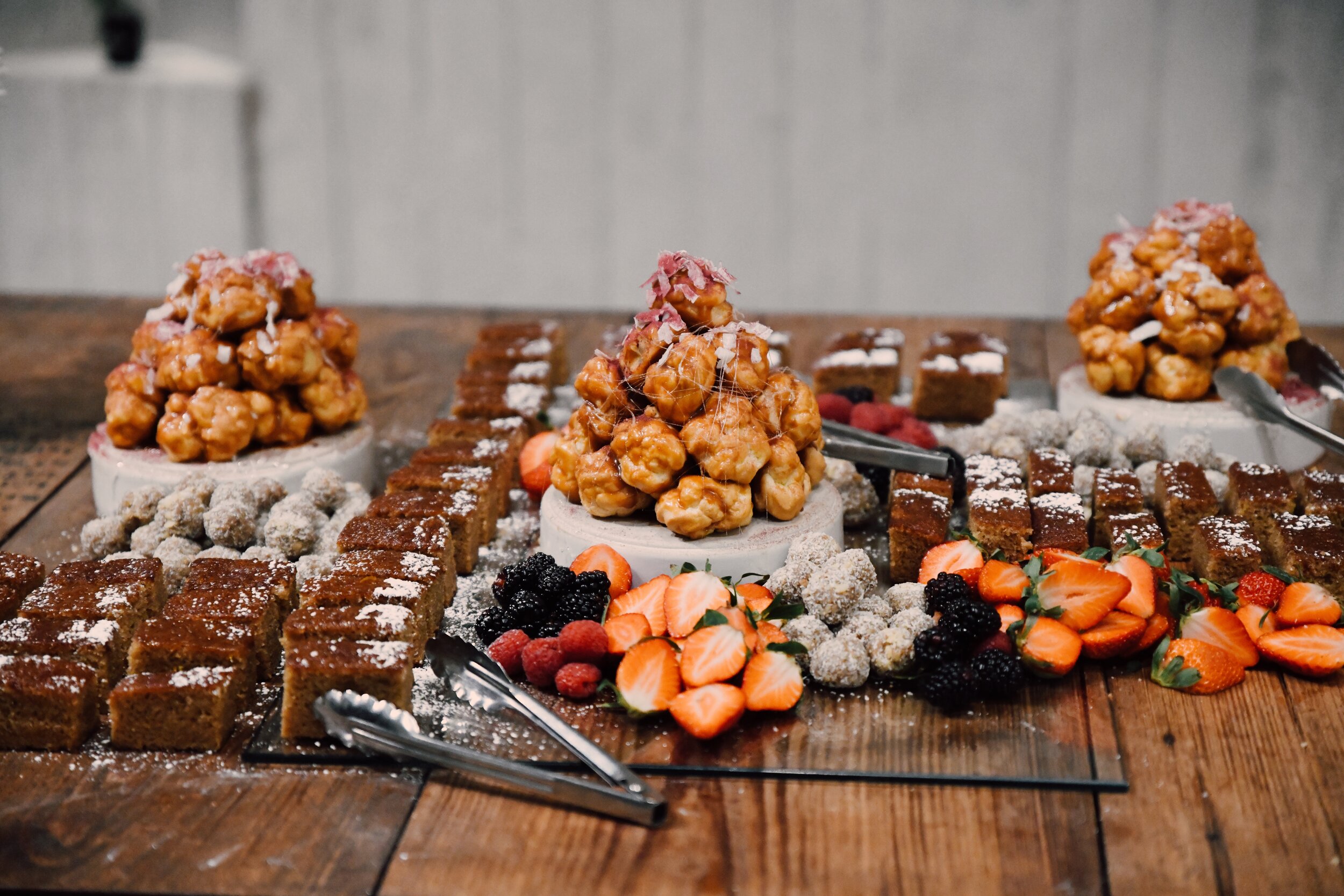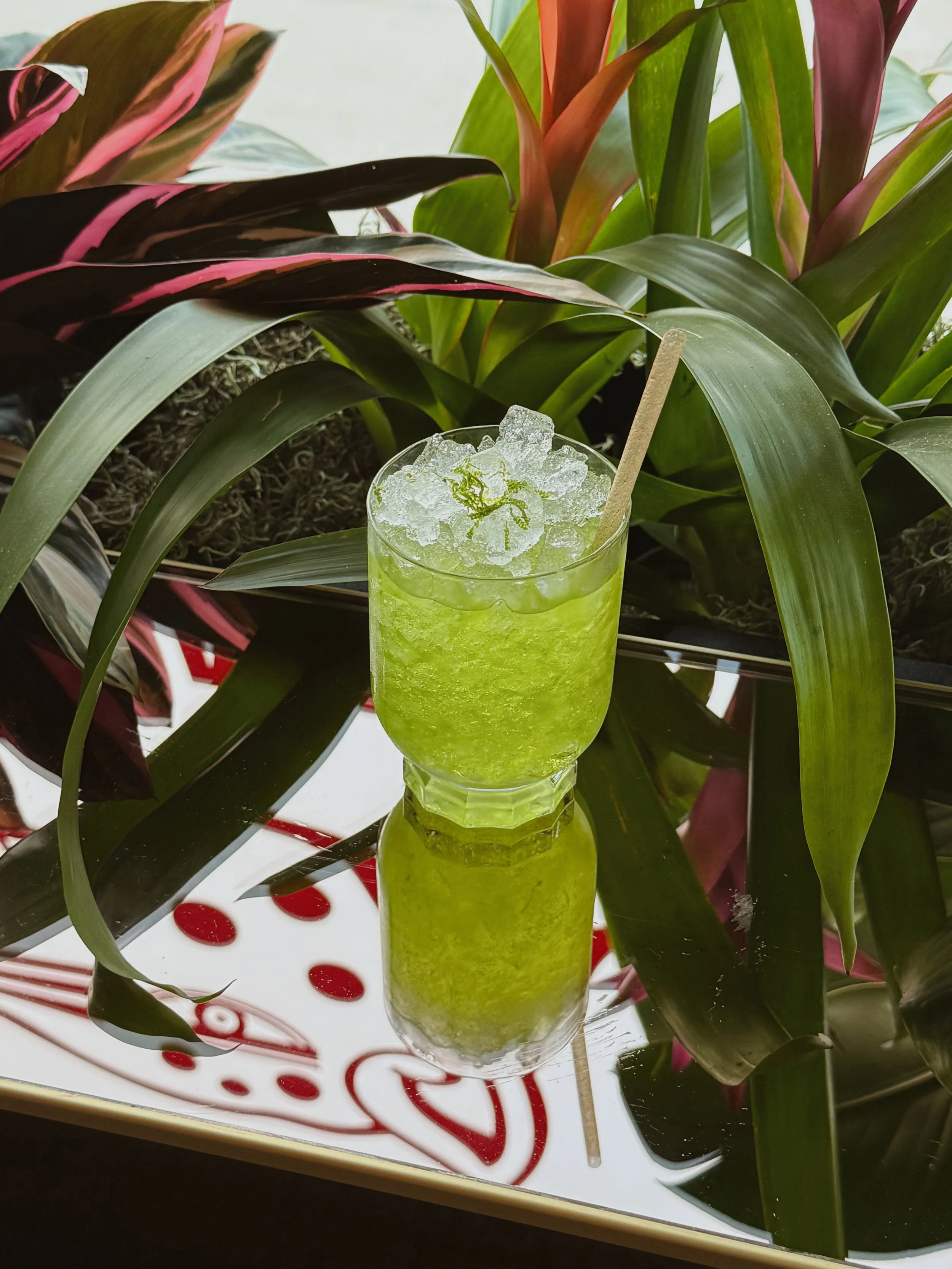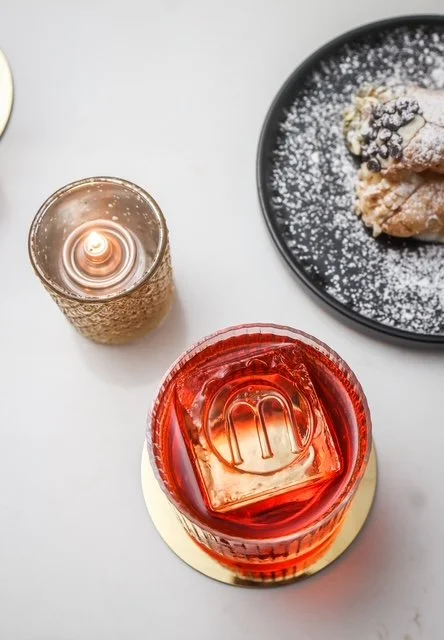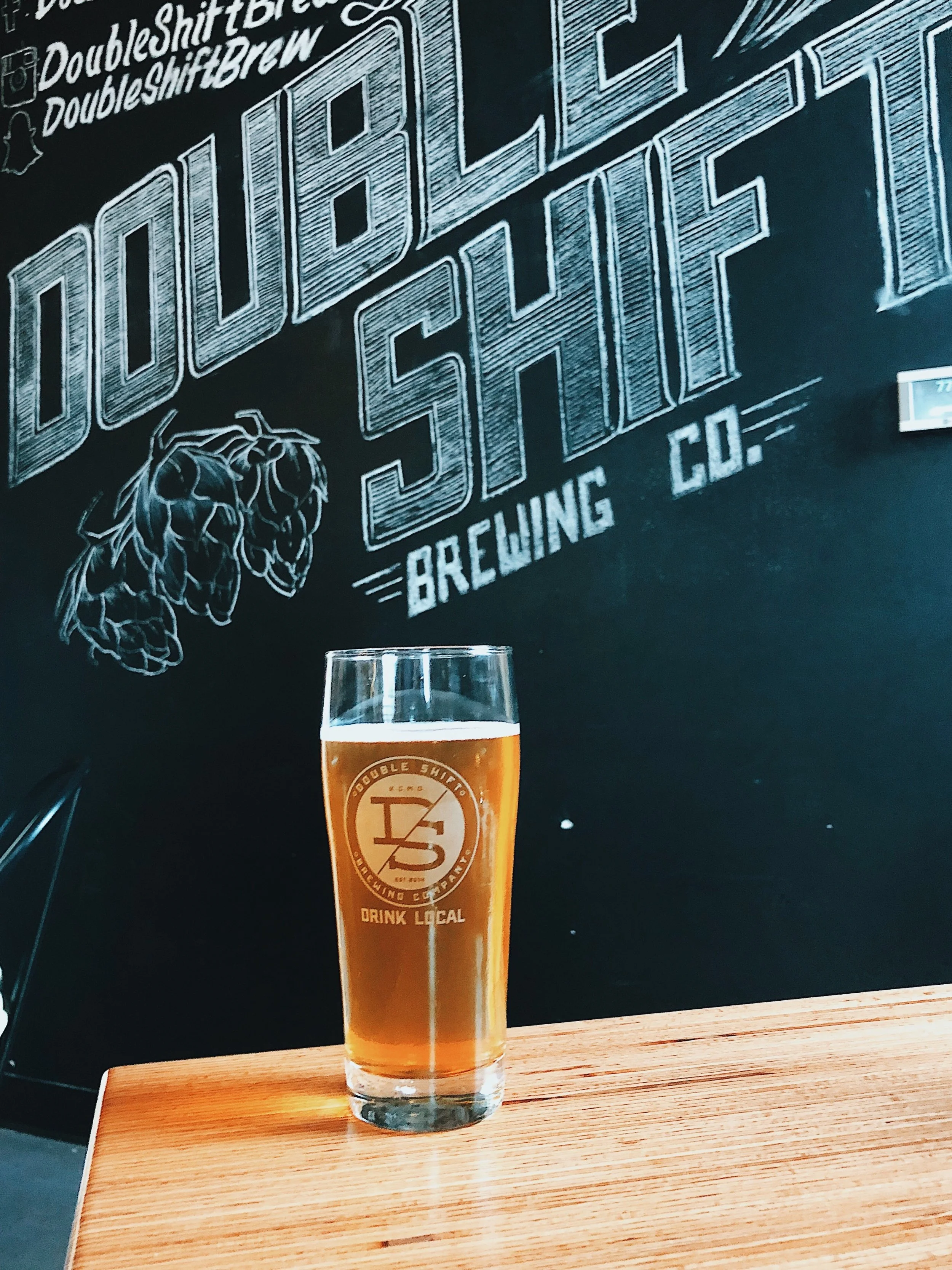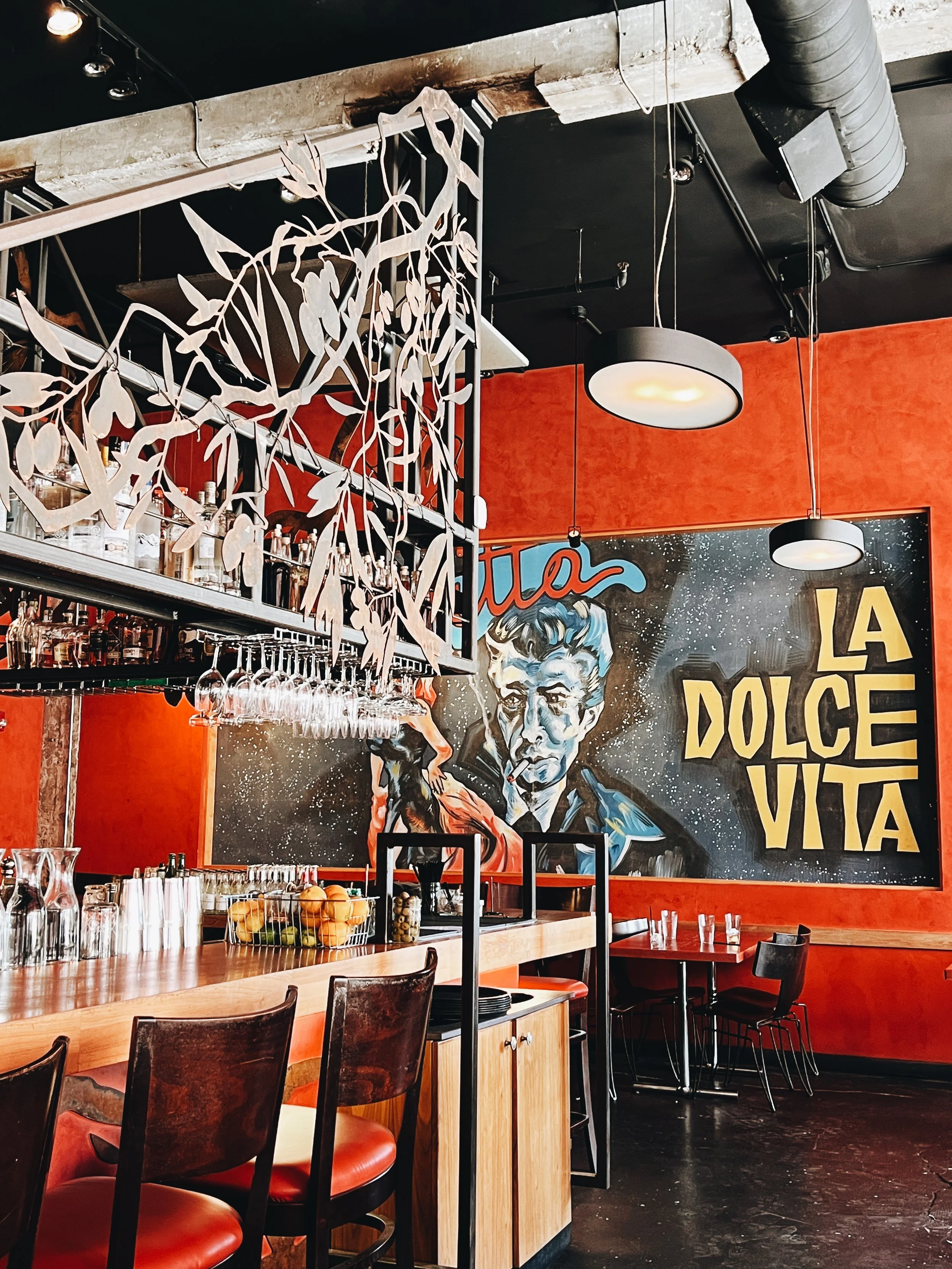Kemper Museum's Artist Dinner Series: Bringing Food and Art Together
Building on the history of unique culinary events hosted by the Kemper Museum’s Café Sebastienne, the Artist Dinner Series returns for another year exploring the art and artists of our time.
Photo by Anna Petrow
The Kemper Museum’s Artist Dinner Series is back – and more captivating than ever. Created and inspired by the significant exhibition openings throughout 2020, this dinner series melds food, art, and creative expression. The collaborative dinners are artist inspired, created by Chef Rick Mullins and his team to inspire diners to experience art through food.
I, along with Anna Petrow, Editor of MIKC Explore and food photographer extraordinaire, was fortunate enough to attend this year’s opening event with artist Summer Wheat of Blood, Sweat, and Tears on Friday, February 7, 2020– an experience I won’t soon forget.
Photo by Anna Petrow
Summer Wheat is a contemporary American artist born in 1977 in Oklahoma City. A central component of Wheat’s work, particularly in this exhibition, is female energy in life, labor, and the landscape. Her work is created from behind the canvas, shedding light on the behind-the-scenes work women have done throughout history– the unglamorous, out-of-the-spotlight jobs. Her themes parallel a restaurant’s back of the house – the unobserved “blood, sweat, and tears” put into every meal, making it a perfect pairing for the first Artist Dinner Series of 2020.
Wheat’s work combines three main elements: palette, subject matter, and composition. To a food writer like myself, these speak true to the art of culinary expression, as well. Her pigments are organic, bright, and earthy– resembling the colors in fresh, seasonal food. Each painting is made up of thousands of different strands of paint– all commingling to create a unified piece of art. Some strands droop downward, tugged by gravity, almost resembling a perfectly crafted sauce dripping down the side of a plate. Some meld together with their neighbors, as if they were melting together in a saucepan. The piece becomes made up of different textures, colors, and complexities networking together to create a meld of beauty.
A close up of Wheat’s technique. Photo by Anna Petrow
Inspired by Wheat’s colors and complexities, Executive Chef Rick Mullins created a work of art himself. Breaking away from the habitual seated dinner that is often familiar to an event of this nature, Mullins wanted to create a dinner experience unlike any other. Leaving the ‘coursed menu’ behind, Mullins collaborated with Wheat to create an experiential, interactive evening for the guests.
The menu consisted of rustic, family-style whole roasted meat and fish, seasonal fruits and vegetables, cheeses, breads and desserts, and a myriad of brightly colored sauces playing homage to the pigmented paint in Wheat’s work. Artfully arranged on a large, dark table, the staging allowed the food to become a canvas of itself, reminiscent of a still-life painting.
Different textures, colors, shapes, and sizes filled the table inviting the guests to create their own plates. Combining different ingredients, dressing with different colors, and creating different compositions from the same table of ingredients– the act resembled the beauty of artistic expression in a familiar, organic form.
Photo by Anna Petrow
The idea of food as art, and chefs as artists, is highly debated. To me, all forms of creative expression can resemble art. What’s important in any creative act is self-expression, a way to tangibly put the feelings, thoughts, wants, and dreams of this world into something physical for the viewer. Artists like Summer Wheat evoke emotion through acrylic paint, string, and screen– while chefs like Rick Mullins express through different senses, tastes, and smells.
“Do the worlds of art and food belong to one another? I have always been internally, sometimes externally, at conflict with the idea of food being art. Placing so much importance on something so temporary seems contradictory to something as timeless as art. A somewhat near-sighted perspective given the fluid nature of art and the concept being predicated on the individual perception. But it’s my perspective and I can’t speculate too long on food being art. Sometimes, though, a harmony is achieved, and the two worlds become seamlessly homogenized,” Mullins expressed after the event.
Photo by Anna Petrow
Some (most) days, I am overwhelmed with the emotion food can evoke. How a meal, a chef’s homage to his or her culture, or even an episode of Chef’s Table (a beautiful example of food and art working as one) can literally bring me to tears. So, I sit here debating– is food art? I don’t believe I can answer that question, but I can answer these: is it beautiful– is it pleasurable to look at? Is it interesting– does it break the rules, or make us think? Does it have meaning– does it evoke emotion or remind us of a memory?
Only artists can take a few ingredients, be it a can or paint or this season’s spring vegetable, and make it into something that is beautiful, thought-provoking, and meaningful. Something that has never existed before.
Call them artisans, artists, creators, musicians, chefs, home cooks, or just humans– I believe the world of creative expression is something extraordinary and special. As Chef Rick Mullins said, “The world of art, the world of food, the world of music– they belong together. These are our cultural bridges.”
Thank you to the Kemper Museum for creating, cultivating, and including us on an evening that exhibited just that.
Chef Rick Mullins. Photo by Anna Petrow
Summer Wheat.
“The creation, the creators, all of us here together tonight, are moving our culture forward. And it’s really important right now -- in this time -- that we unite,” Summer Wheat.
Exhibit Information:
Summer Wheat: Blood, Sweat, and Tears
February 6, 2020 to May 24, 2020
Kemper Museum of Contemporary Art
*Summer Wheat Work Description from catalogue in conjunction with this exhibition. Available at The Museum Shop at Kemper Museum of Contemporary Art.





